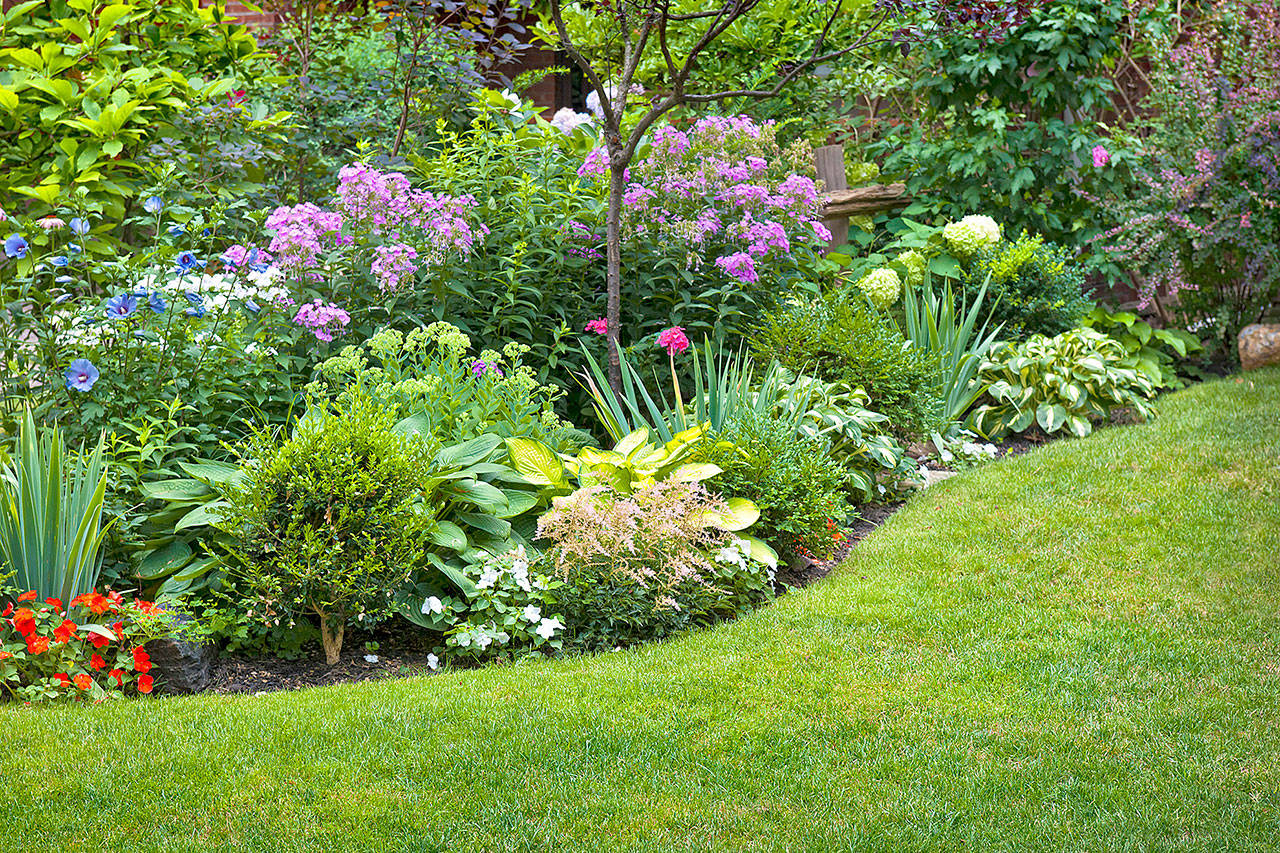By Jessica Damiano
Newsday
After months of waiting — often impatiently — it’s finally showtime. Spring was a long time coming this year, and summer will arrive next month, which makes it feel too soon and not soon enough at the same time. But what matters most is that life is springing forth all around us. Lilacs perfume the borders, vegetable seedlings make themselves at home outdoors, and those pesky weeds stage sit-ins on every bare patch of soil. But we take the bad with the good, and are happy just to be out in the garden again.
1 Start planting perennials in beds and borders.
2 Spend a few hours strolling public gardens like Old Westbury, Planting Fields, Clarke or Bayard, and steal ideas for your private one.
3 Enrich the soil with a healthy dressing of compost.
4 Plant roses: Mound soil or compost at the bottom of planting holes, and spread roots over it before backfilling.
5 Happy Cinco de Mayo! Plant cilantro to give summer dishes a Mexican flair.
6 Apply mulch around cool-season vegetables like cabbage, lettuce and spinach, and give them a dose of fertilizer.
7 Weed and edge beds and borders.
8 Resist buying annuals in bloom. Instead, seek out young, bloomless plants. They’ll be healthier.
9 Clean and store bird feeders.
10 Prune spring-flowering shrubs as soon as their blossoms fade.
11 Check under hollyhock leaves for orange pustules — telltale signs of rust fungus. Remove affected leaves.
12 Sow seeds of summer-blooming perennials and biennials directly into the garden.
13 Happy Mother’s Day! It’s safe to plant annuals as long as nighttime temperatures aren’t below 55 degrees.
14 Harvest asparagus when stalks are 6 to 8 inches long, but not if plants are in their first or second years; leave those be.
15 It’s Ramadan. Consider breaking your fasts with asparagus, greens, radishes and spinach pulled straight from the garden.
16 It’s safe to plant dahlia tubers in the ground as soon as lilacs on your block are blooming.
17 Begin planting gladiolus: Place corms pointy end up in full sun, 4 to 6 inches apart. Plant more weekly until mid-June.
18 Try to avoid chemicals. Deal with pests by applying pyrethrins, Bt, insecticidal soap or neem oil.
19 It’s time to plant corn.
20 Mulch beds and borders to suppress weeds, retain moisture and improve soil, but avoid “volcanoes” around trees at all costs.
21 Start hardening off vegetable seedlings: Set them in shade for longer periods each day for a week before transplanting.
22 Prune gray tips from juniper branches.
23 Plant herb seedlings outdoors in a sunny spot. No need to fertilize them. Ever.
24 Set a soaker hose over roots around newly planted trees and leave it in place all season. Water deeply.
25 Move tomatoes, peppers, eggplants, melons and other summer crops into the garden and apply mulch.
26 Plant cucumber and squash seedlings around a support. You can also sow seeds directly into the ground now.
27 Gradually move houseplants outdoors, but never African violets — they’re homebodies.
28 Happy Memorial Day! It’s time to fertilize the lawn. Use one pound of slow-release nitrogen per 1,000 square feet.
29 For bushier plants, shear an inch off Dianthus and creeping phlox when 6 inches tall.
30 Fertilize tulip bulbs but don’t remove foliage until it has died off.
31 If houseplants are outgrowing their pots, replant in the next-size container.


